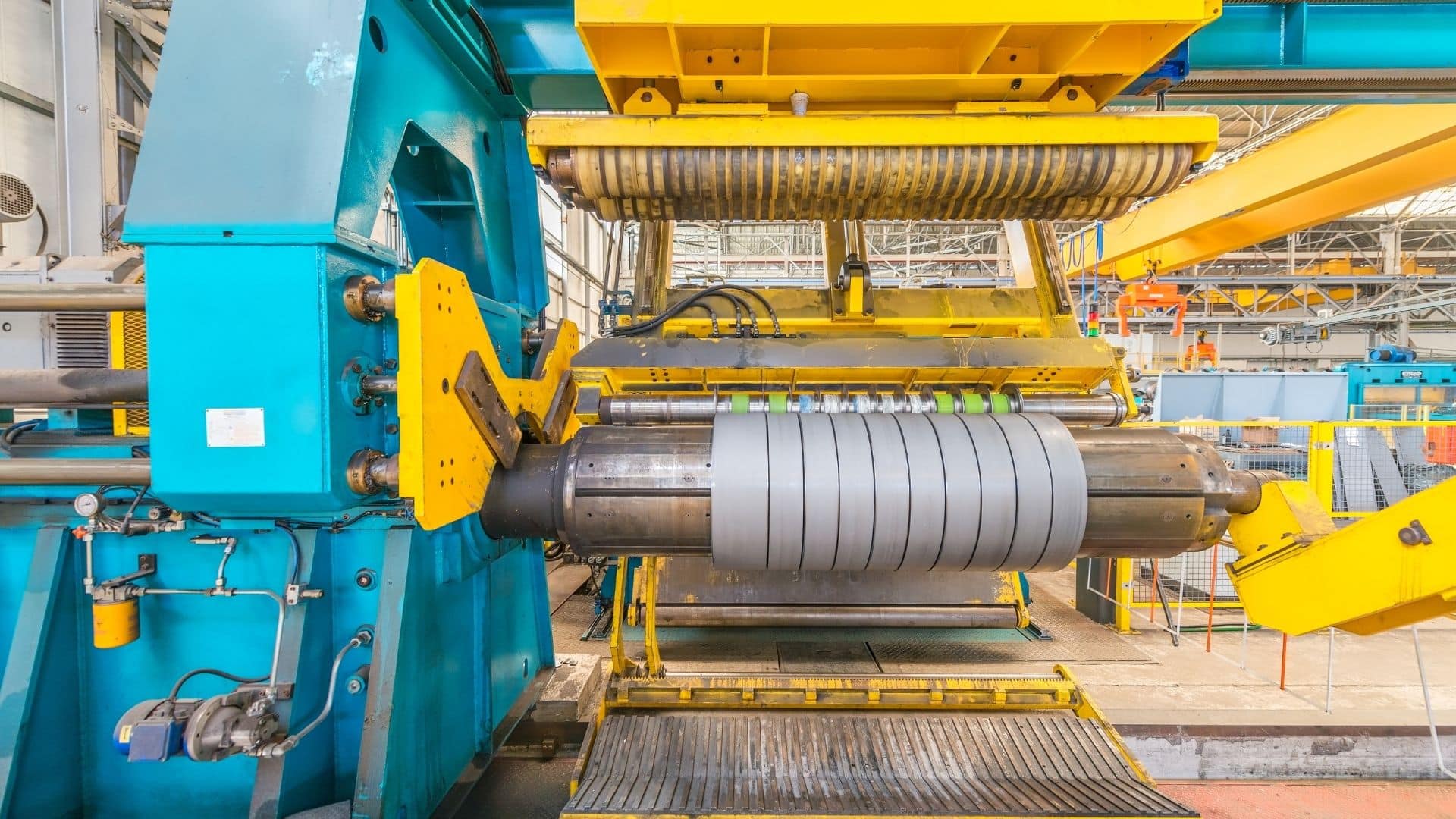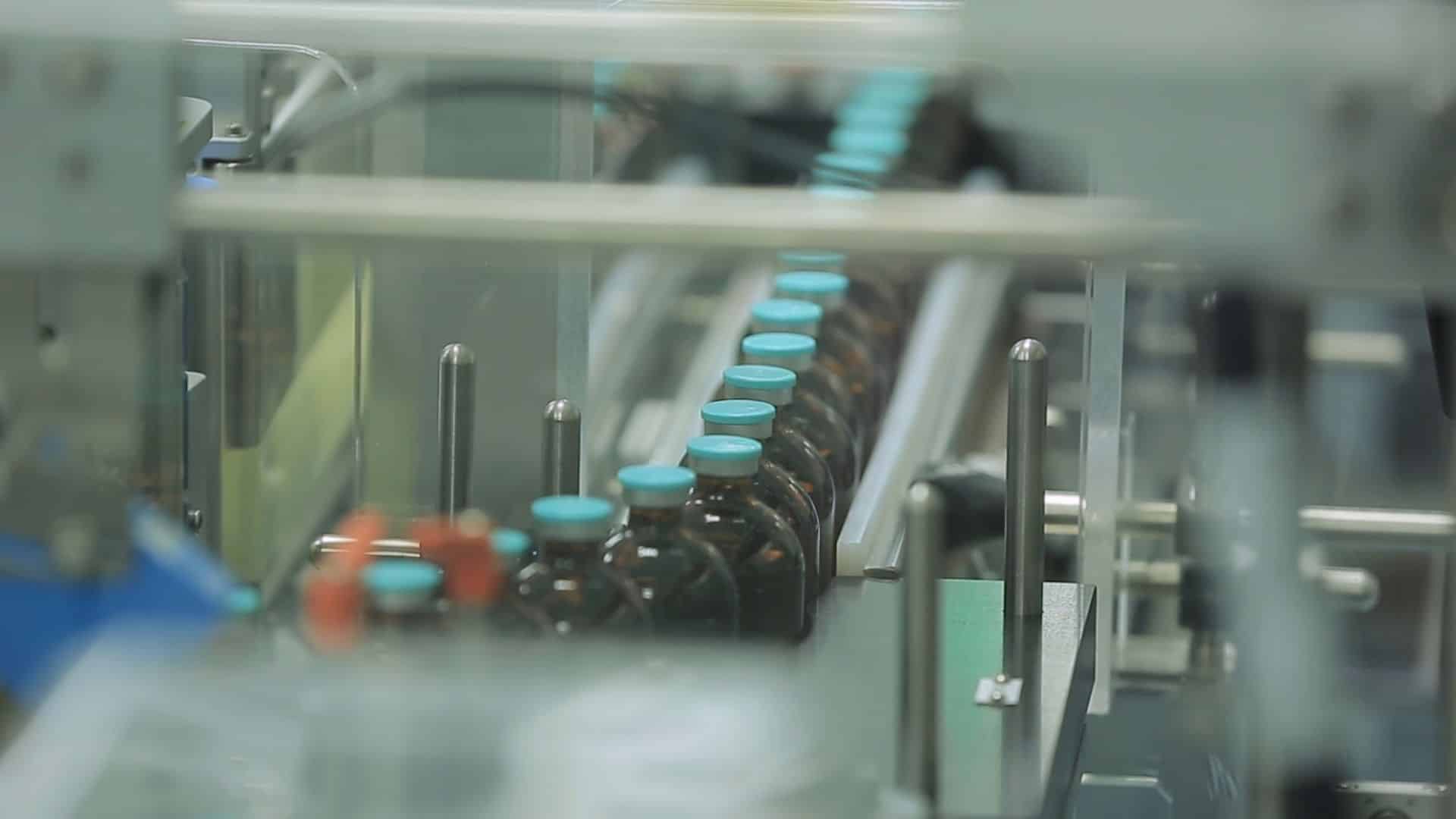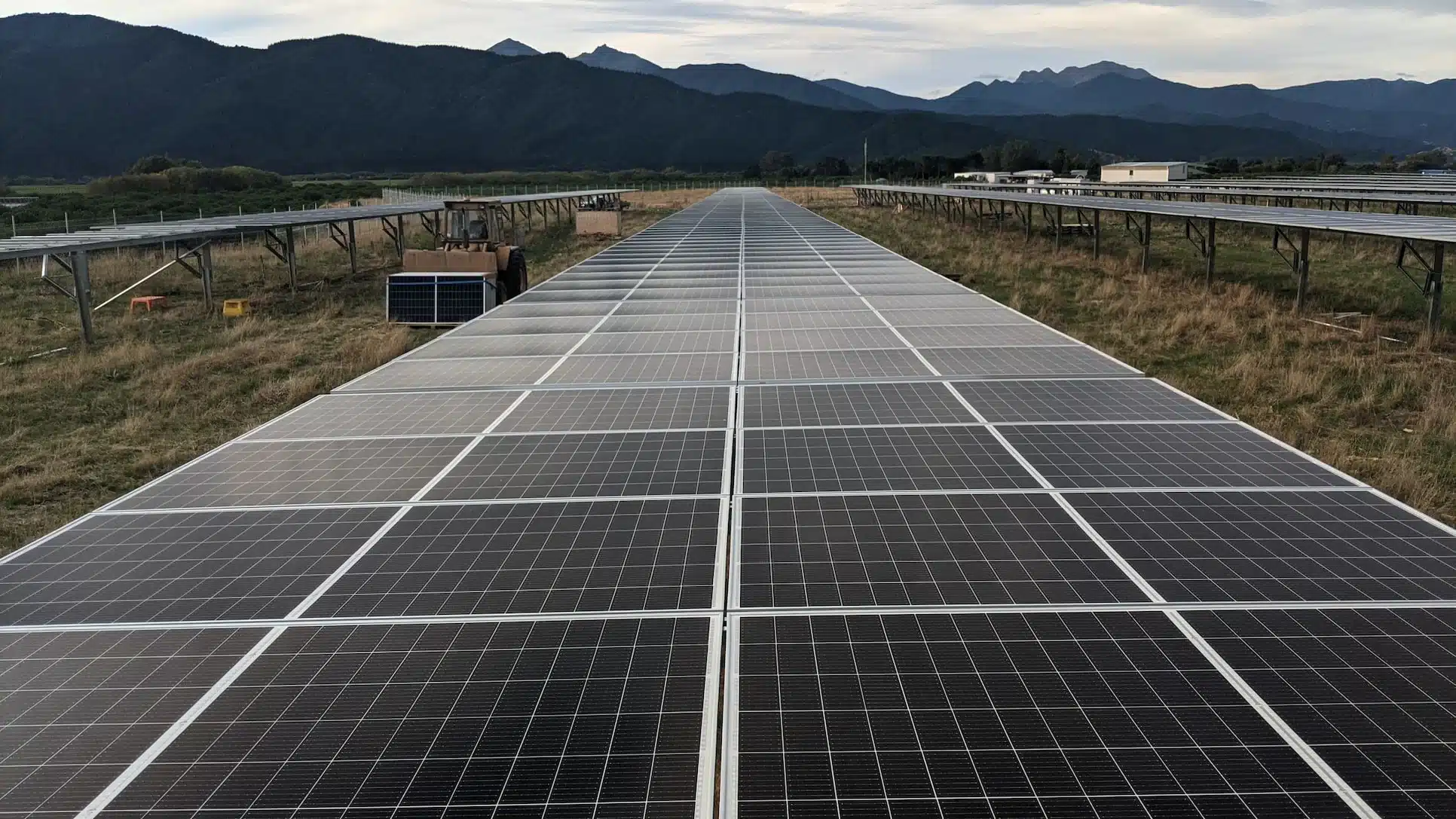Fault Diagnostic Technique Using Machine Mode Similarity Analysis
Artificial intelligence applications are widely used for fault diagnosis by monitoring vibration data. In order for artificial intelligence applications to provide the most efficient results, they need to be trained using data obtained by…
Pharmaceutical Industry and Predictive Maintenance Applications
Predictive maintenance is a proactive strategy crucial in the pharmaceutical industry, renowned for its precision and compliance requirements. Unlike traditional approaches, predictive maintenance employs advanced technologies to predict…
Sustainable Future by Improving the Maintenance Strategies
As a result of the gradual depletion of the resources in the world and the problems such as global warming, excessive concreting, air and water pollution, and loss of biodiversity; it is clear that it is becoming more difficult for all…
History and Future of Maintenance Culture
Maintenance is a comprehensive concept encompassing tests, measurements, replacements, adjustments, and repairs aimed at enhancing overall system health. This blog explores the future of maintenance cultures. In the early stages,…





